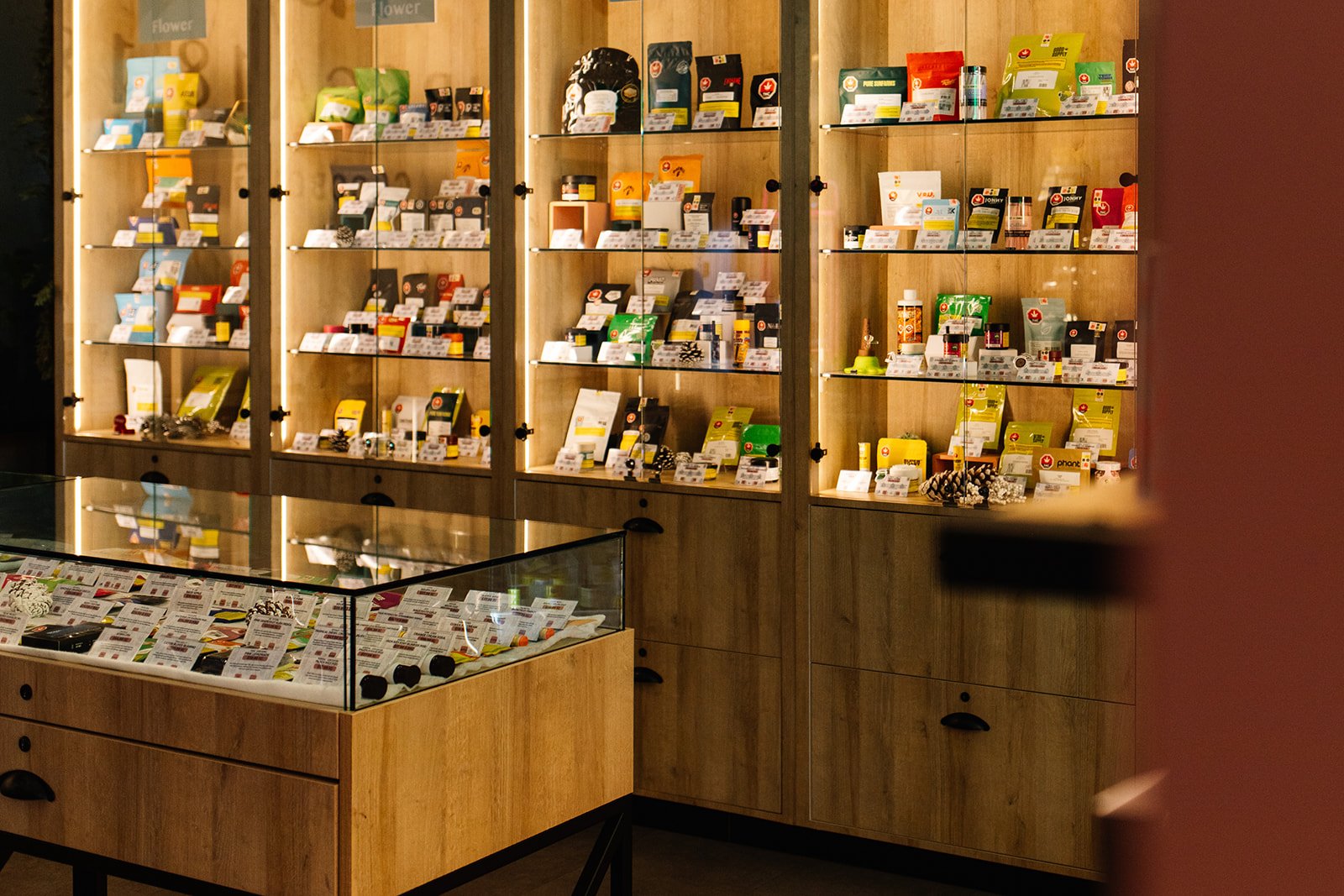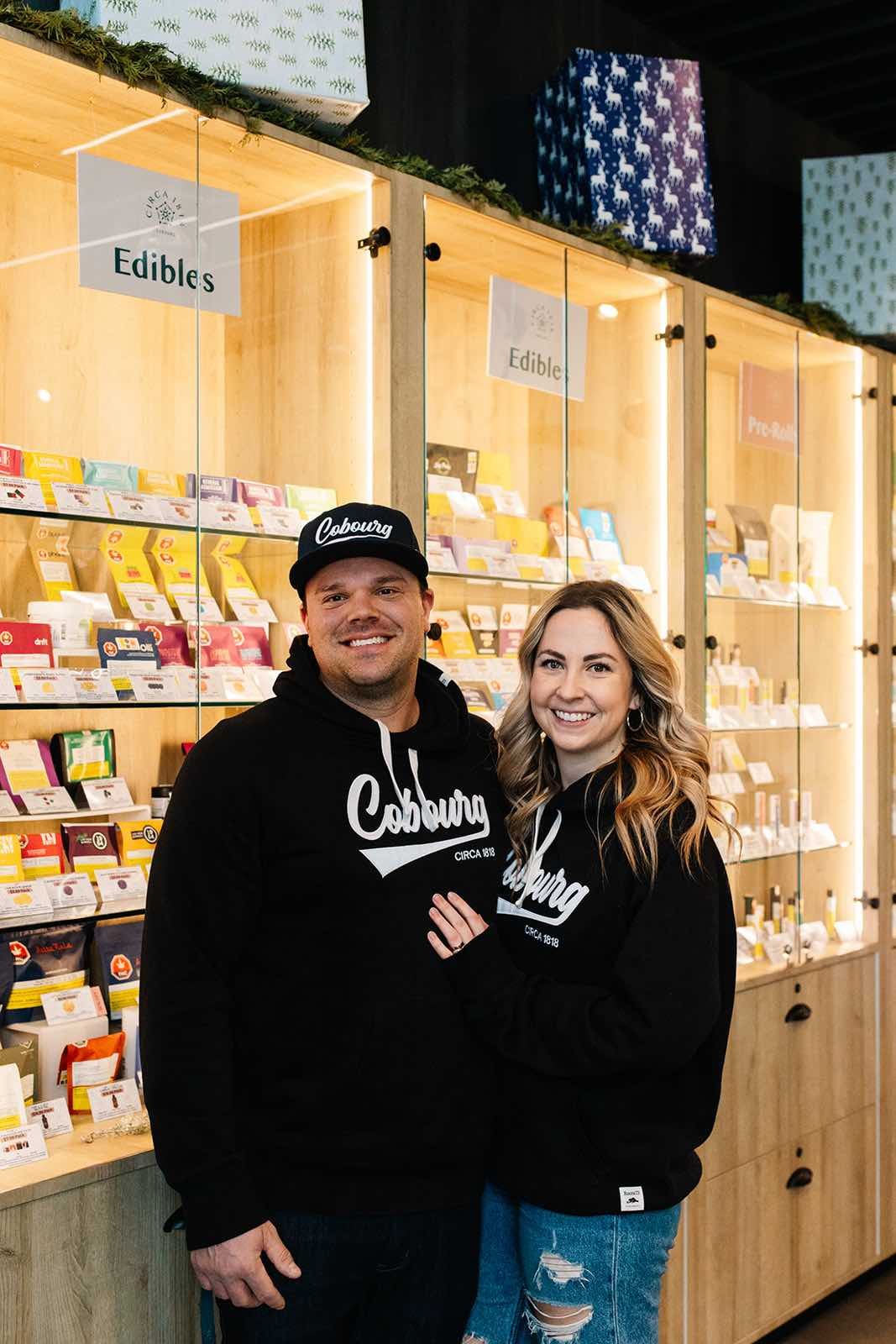ORDER ONLINE FOR DELIVERY + PICK-UP 🛒
ORDER ONLINE FOR DELIVERY + PICK-UP 🛒

Locally-owned cannabis dispensary in Cobourg, Ontario.
Offering a wide range of weed products; flower, pre-rolls, edibles, vapes, concentrates and CBD.

Browse by Category

Budding feel good vibes, in the feel good town.
Named in honour of Cobourg’s birthday, Circa 1818 combines our love for this special place with a passion for cannabis that we’re excited to share with friends, neighbours and day trippers alike.
It’s a specially curated cannabis experience that rolls everything remarkable about this unique town together and takes the greatest moments in life even higher.
Locally owned, locally crafted, locally responsible. Circa 1818 is Cobourg’s favourite dispensary to shop for all things Cannabis.
We are conveniently located at 8 Strathy Road close to Walmart, the Northumberland Mall, and other shopping amenities, and offer plenty of parking with discreet entry behind the building.


THE FEEL GOOD CLUB
THE FEEL GOOD CLUB
Join our Feel Good Club today to reward yourself with our best offers and your favourite local goods!
We love our neighbours and we know you do too! We started this club to reward you for choosing to shop locally. Each time you visit us here at Circa 1818, you are supporting a locally-owned small business within Northumberland County. This makes us feel good!
Google Reviews
⭐⭐⭐⭐⭐













